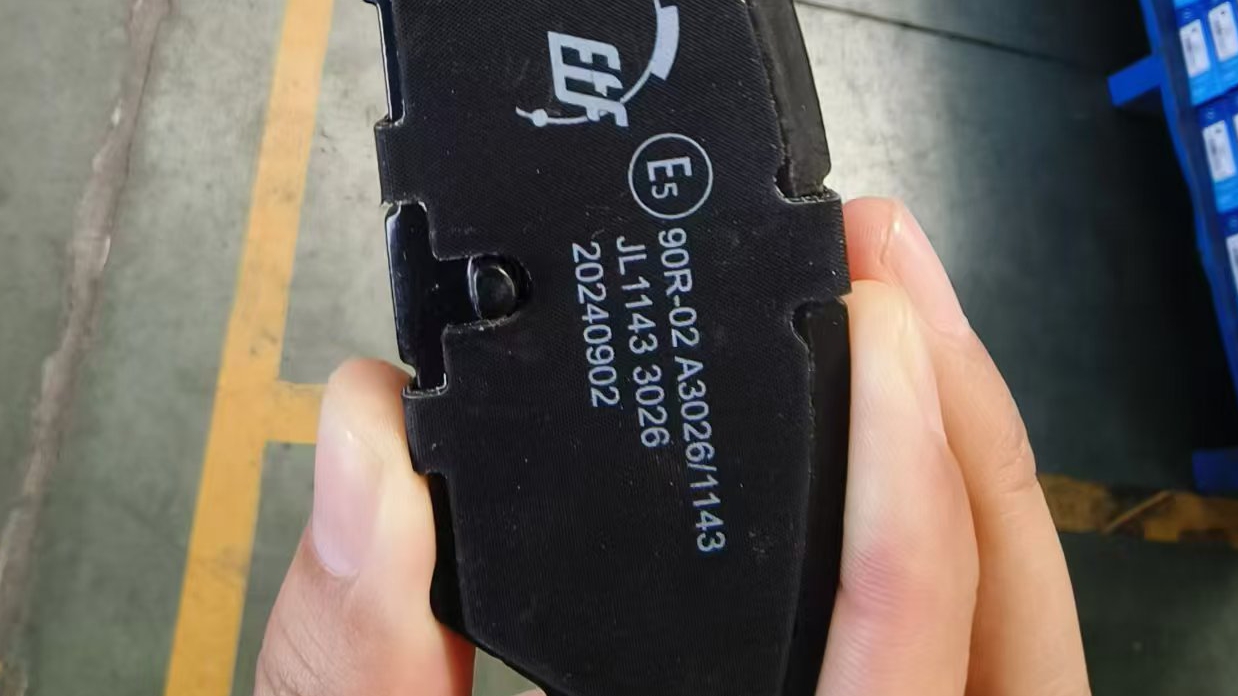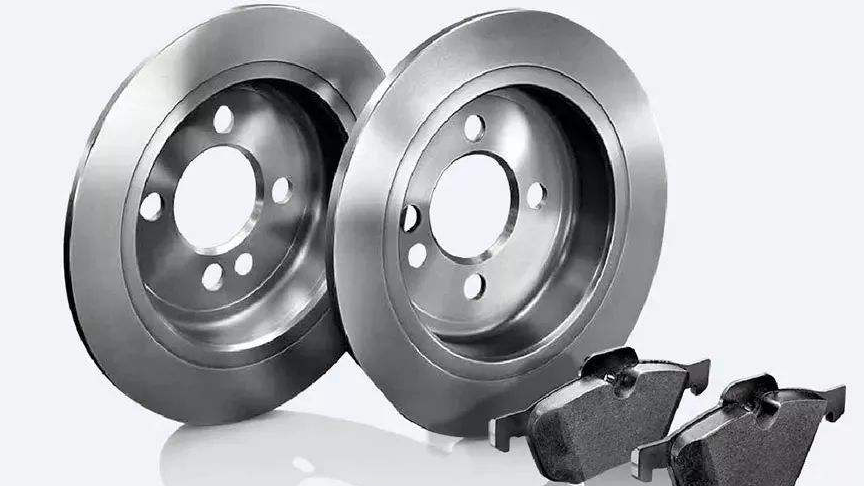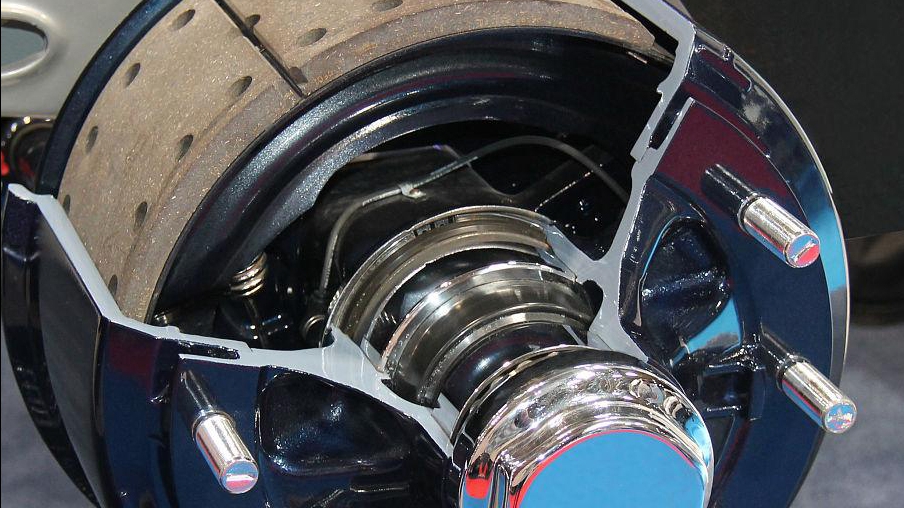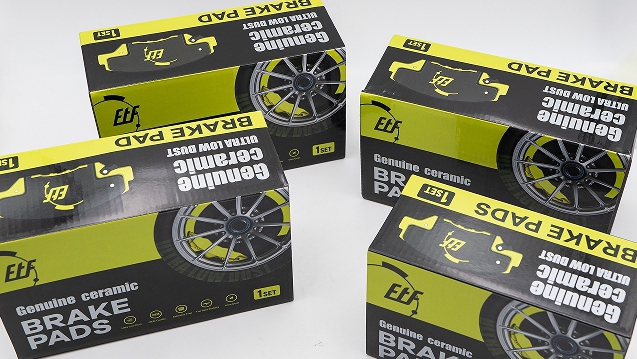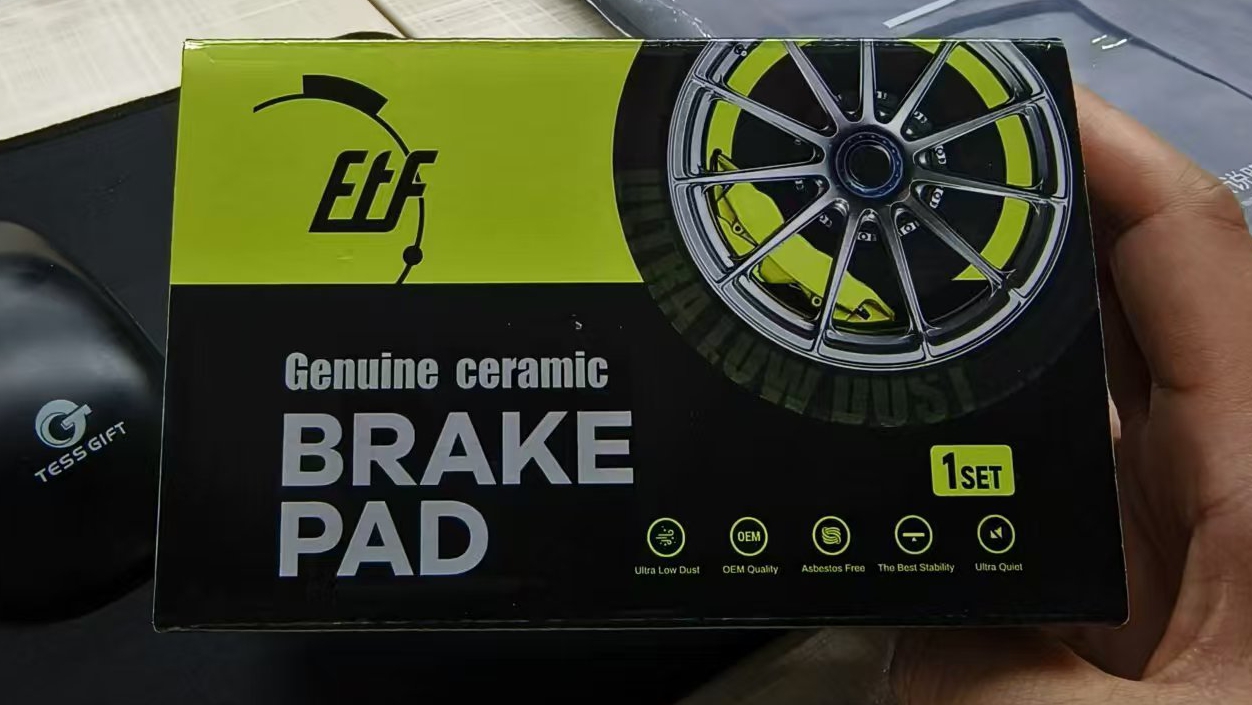Can I Replace Brake Pads Without Replacing Rotors?
Is it possible to replace brake pads without changing the rotors? This is a common question among car owners when they consider maintaining their vehicle's braking system. Given the critical importance of the braking system for safety, it's essential to make the right decisions. While it is technically feasible to replace brake pads without changing the rotors, it is generally not recommended. Brake pads and rotors are designed to work in tandem, and replacing only one component can lead to uneven wear, reduced braking efficiency, and potential safety hazards.
Chapter 1: The Role of Brake Rotors
You likely know that brake rotors are a crucial part of your car's braking system. They are integral to the disc brake assembly. But what exactly is their function? In most modern vehicles, the rear disc brakes rely heavily on rotors for stopping power. Understanding how they work is important. When you press the brake pedal, the master cylinder engages immediately, forcing brake fluid through the brake lines to the calipers. These calipers, equipped with brake pads, clamp down on the rotor's surface, causing it to slow the wheel's rotation. This is the fundamental role of the rotor.
Chapter 2: When to Replace Brake Pads and Rotors
Every car owner eventually needs to replace brake pads and rotors. When that time comes, cost is often a primary concern. However, recognizing the signs that indicate the need for replacement is crucial. Here are the top warning signs that it's time to replace your brakes and rotors:
Reduced Responsiveness:
Pay attention to how quickly your car slows down or stops when you press the brake pedal. If it takes longer than usual, this could indicate issues with the brakes, rotors, or pads.
Car Pulling to One Side:
If your car pulls to one side when braking, it may be a sign of uneven wear on the brake linings or rotors. Contaminants in the brake fluid could also be the culprit. In such cases, you may need to change the brake fluid or replace the rotors.
Grinding and Growling Noises:
Unpleasant sounds when braking are a red flag. Grinding noises often mean the brake pads are worn out, and the rotors are rubbing against each other. Immediate replacement is recommended.
Constant Vibration:
If your brake pedal vibrates excessively when stopping, it could be due to worn brake pads. This is a clear signal that it's time to consider new rotors.
For your safety, never ignore these signs. Once you notice any of them, start looking for high-quality brake pads and rotors.
Chapter 3: How Long Do Brake Rotors Last?
When you invest in new brakes and rotors, you naturally want to know how long they will last. This information helps ensure you don't get stranded unexpectedly. While brake pads typically last between 15,000 and 70,000 miles, rotors generally have a longer lifespan—up to four times that of brake pads. You might need to replace rotors after three pad changes. The lifespan of rotors is influenced by various factors, including your driving style.
Chapter 4: The Cost of Turning Rotors
You might be considering whether to buy new rotors or turn the existing ones to save money. Turning rotors involves resurfacing them for reuse instead of purchasing new ones. The cost of turning a rotor ranges from $15 to $30, which is significantly cheaper than buying new rotors. Properly turned rotors can work effectively with new brake pads.
Chapter 5: Is Replacing Rotors Difficult?
Replacing brake pads and rotors is not as challenging as it might seem. You don't need specialized skills, but basic knowledge of brake components is essential. When replacing rotors, ensure the calipers are not hanging from the brake lines. If you're unsure about your abilities, it's wise to consult a mechanic.
Conclusion
By now, you should understand the importance of paying attention to your car's brakes and rotors. This applies to all brake components, including brake pads. Always ensure they are in good working condition. If your brake parts are no longer functioning properly, know where to find reliable suppliers and manufacturers for high-quality replacements.
